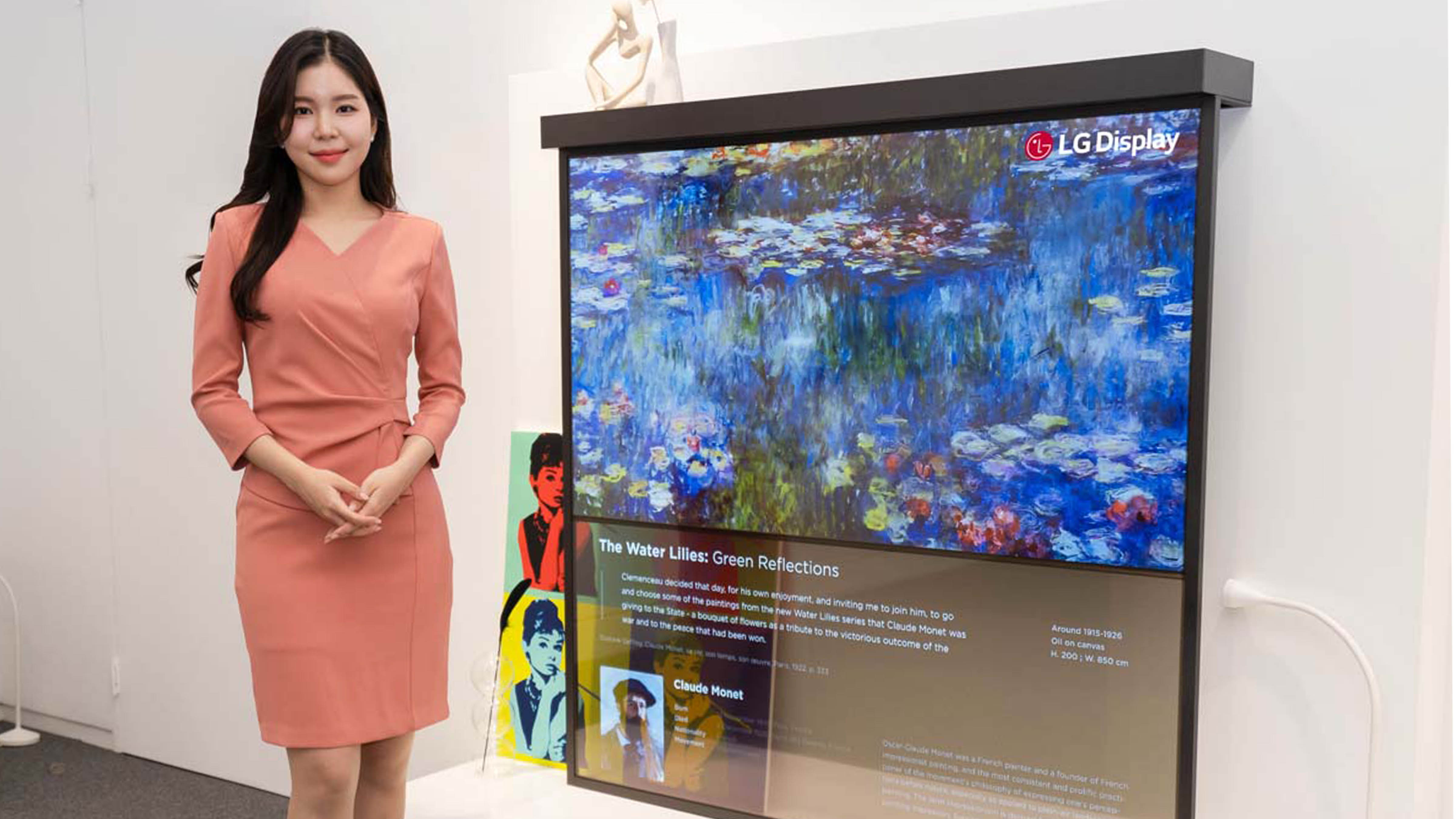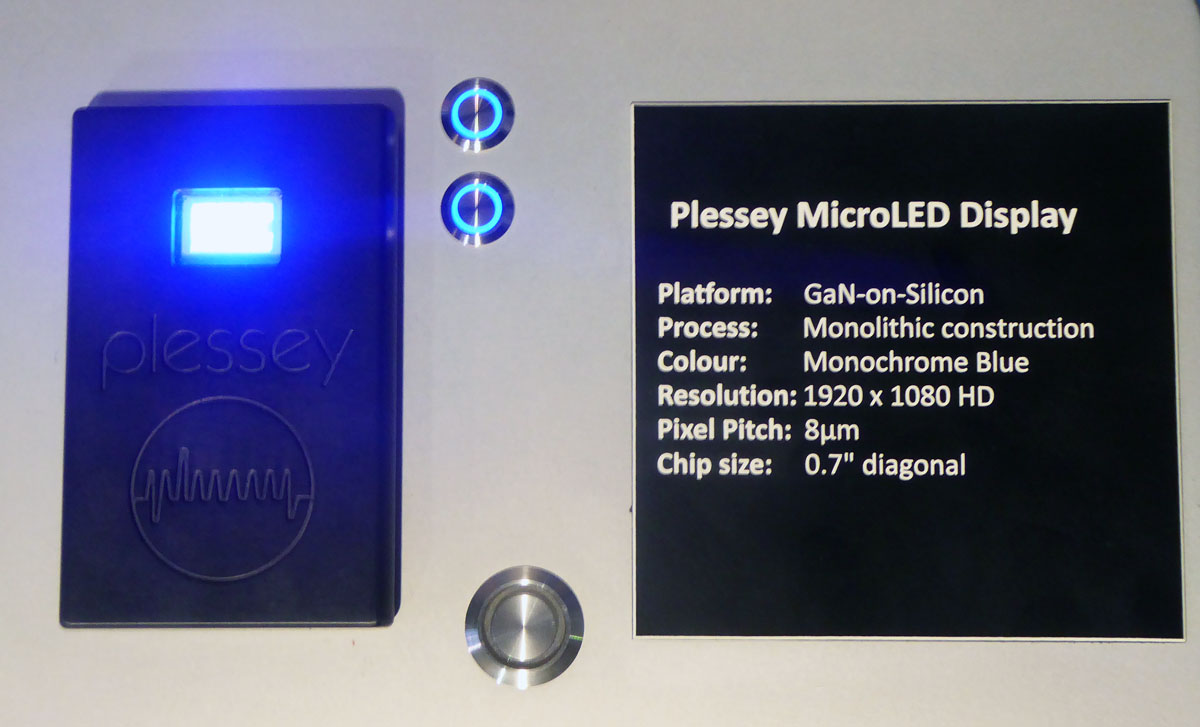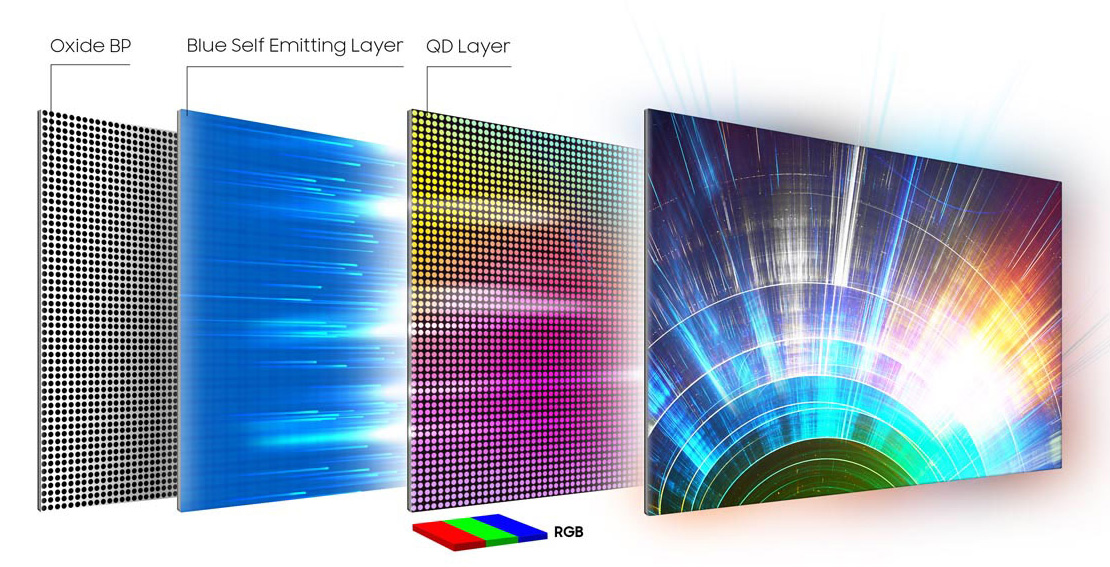Rust Never Sleeps ... and Neither Do Display Manufacturers
The search for the “next big thing” in imaging is moving manufacturers away from LCDs.

The title of Neil Young’s memorable 1979 album could just as easily describe the electronic display industry, which is constantly in search of the “next big thing” in imaging—and is engineering a major paradigm shift as you read this.
That shift represents a move away from displays that use shuttered, transmissive light with color filters, such as liquid-crystal displays (LCDs), to emissive displays that produce colors of light via high-intensity emissions of photons, such as organic and inorganic light-emitting diodes (OLEDs and iLEDS), along with enhancements like quantum dots (QDs).
LCDs have been with us for over a quarter-century in consumer televisions and commercial displays, and long before that as simpler, alphanumeric indicators in products like calculators. But R&D on the underlying technology has essentially plateaued: You can now purchase a 70-inch LCD Ultra HDTV with “smart” Internet functionality for less than $600, compared to the $15,000 price tag on a 28-inch VGA LCD TV 20+ years ago.
The End of LCD?
Prices for finished LCD panels have dropped so low that they are basically consumable and disposable items. The handful of companies that manufacture LCD panels (mostly in China) are cautious about investing substantial sums of money in the technology. And two of the largest players, Samsung Display Company (SDC) and LG Display (LGD), are now winding down LCD panel production in favor of next-generation emissive displays.
Going forward, LGD has placed its bets on large OLED panels. These panels use underlying IP licensed from Kodak (of all people), based on patents from the mid-1980s. An array of white OLED emitters (made up of blue and yellow compounds) generates bright light that then passes through red, green, and blue color filters. Additional white pixels provide a luminance boost.
[LG's Transparent OLED and Augmented Reality Combine to Elevate the Retail Experience]
The advantages of such a display are many. Emissive displays have much wider viewing angles than transmissive displays. Unlike LCDs, color saturation and contrast is consistent for any viewer at any angle. While OLEDs can’t quite achieve the peak brightness of a full-backlight-array LCD, they can smoothly reproduce very low levels of luminance right down to a deep black. And OLED pixels have faster on-off cycles than LCD pixels, making for sharper rendering of motion images. Plus, they can reproduce over 20 f-stops of light, more than enough for high dynamic range imaging.
A daily selection of features, industry news, and analysis for AV/IT professionals. Sign up below.
The manufacturing process for white OLEDs (WOLEDs—the display industry does love its acronyms) took many years to perfect and reach acceptable manufacturing yields. An equally difficult challenge was to manufacture the tiny indium-gallium-zinc oxide (IGZO) transistors that switch individual OLED pixels on and off. But WOLED is now considered a mature, affordable, and practical display architecture for everything from computer monitors to digital signs. The fact that they can be fabricated onto flexible, bendable, and even transparent substrates makes them attractive for custom installations, with individual screen sizes from 42 inches up to 97 inches available.
iLED Evolution
While WOLEDs are carving out bigger spaces in digital signage with each passing year, their inorganic LED cousins are absolutely dominating the high-luminance indoor and outdoor display markets. iLEDs aren’t all that new but couldn’t get any real traction until blue and green LED emitters were perfected in the mid 1990s. Not long afterward, the first super-sized LED walls, scoreboards, and billboards showed up—but not without lots of teething problems.
iLEDs use stable, inorganic compounds (usually doped compounds of gallium nitride) to emit intense colors of light when low voltages pass through them. Early models had large diode junctions and very coarse dot-pitch measurements (6mm to 10mm). Uncomfortable to watch up close, these displays were perfect for super-sized applications like stadium and arena scoreboards that were viewed at a distance. And they were bright: A typical 6mm pitch outdoor display could achieve peak luminance levels of 4,000 candelas per square meter (cd/m2).
Plus, iLEDs are modular. They continue to be manufactured in tiles, which are large blocks that snap together in tight alignment. If a tile goes bad, it’s a relatively simple job to swap it out, although not always convenient with large outdoor signs that run 24/7, such as in Times Square.
[Digital Signage: The Future Is Bright]
Over time, recurring problems with power supply failures and overheating (including some prominent outdoor LED displays actually catching fire) have largely been solved. Simultaneously, we’ve seen pixel pitches drop well below 2mm and even 1mm (known as “mini” LEDs), making it practical to develop smaller displays for indoor, close-up viewing.
iLED displays retain all the advantages of their emissive OLED cousins, but with more firepower. A typical iLED “mini” LED wall, with fine-pitch pixels (<2mm) can easily crank out 1500-2000 cd/m2. (You’d need some serious sunglasses to watch those.) iLEDs also have very fast switching times and are usually operated in a pulse-width modulation (PWM) mode, cycling on and off as fast as 3000 Hz with 10-bit and 12-bit sampling to produce smooth gradations in luminance and color shades.

The next step with iLEDs is the development of “micro” LEDs (pitch <100 µm) for use in handheld and personal electronics like smartphones and near-to-eye displays. Early prototypes of green microLED emitters have achieved over 20,000 cd/m2 luminance levels! Many display analysts (including yours truly) believe that “micro” and “mini” iLEDs will eventually push all other emissive displays off the stage, something that could happen as soon as the end of this decade.
The Case for QD-OLED
We’re also seeing some interesting hybrid emissive display designs, such as Samsung Displays’ new quantum dot OLED hybrid (QD-OLED), which made its debut at CES 2022. SDC was looking for a new product to replace its sunsetting LCD panel fabrication business, and the QD-OLED fits the bill nicely. It combines a blue OLED emitter (manufactured by sister company Samsung Mobile Display) with a layer of red and green quantum dots.
[Samsung Swings Big with Display Upgrades for New York Mets]
Quantum dots are tiny, metallic compounds (indium phosphide with a zinc shell) that convert the light energy from the blue OLED into intense, narrow-bandwidth red and green energy. Additional blue light from the emitter is then combined with the red and green to produce a large, bright gamut of color shades and high dynamic range images. At CES, Samsung claimed a peak (small area) luminance level of 1500 cd/m2 for its prototypes, higher than that of LG’s WOLED displays (about 800 cd/m2).

On paper, the QD-OLED could be a real game changer. It has only four layers in its “stack,” compared to five in a WOLED panel and typically 10 in an LCD panel. This design (in theory) should simplify manufacturing complexity and costs, and (again, in theory) get production and manufacturing yields up to usable levels in less time. As of this writing, however, reports from some Asian electronics industry sites cite very low yields on both the QD-OLED layer and the oxide (presumably IGZO) transistor pixel switching layer.
Indicators are that the next generation of direct-view displays will all feature emissive architectures, and for now, it appears they’ll use OLEDs and/or iLEDs to generate light, with or without quantum dots. To be sure, LCD displays aren’t going away any time soon—but their days do appear to be numbered.
Pete Putman, CTS, KT2B, is the president of ROAM Consulting.

